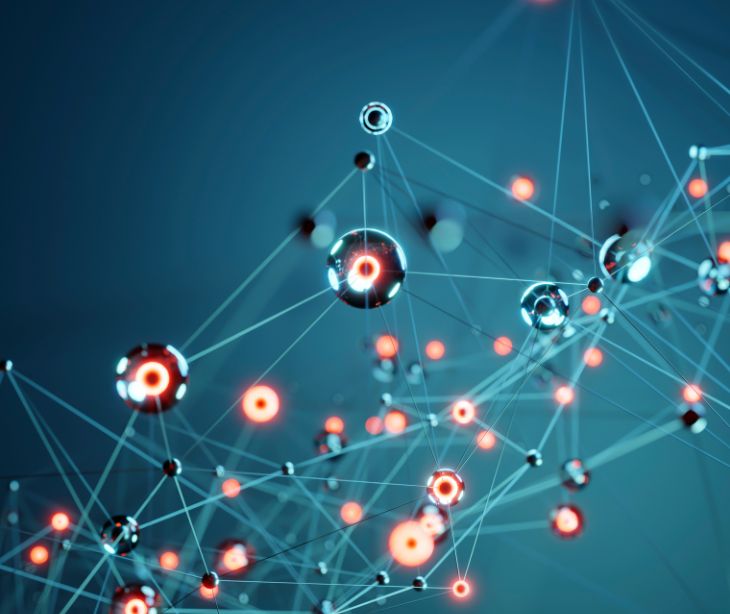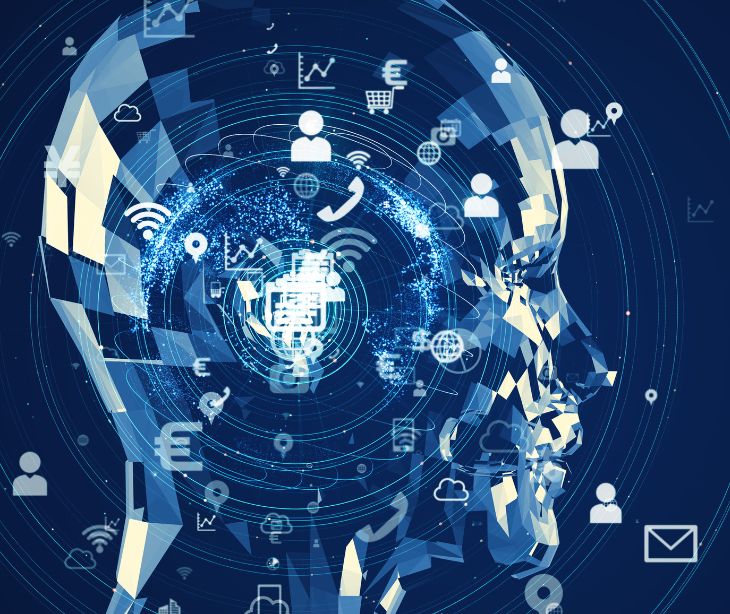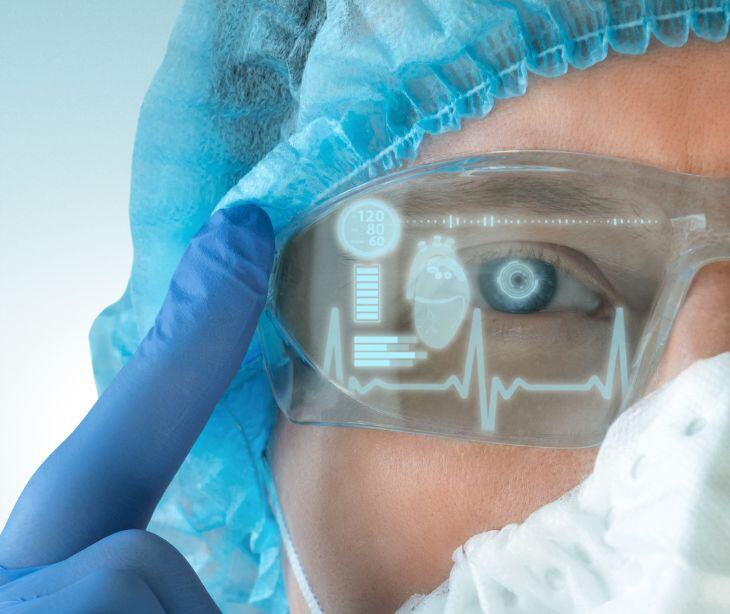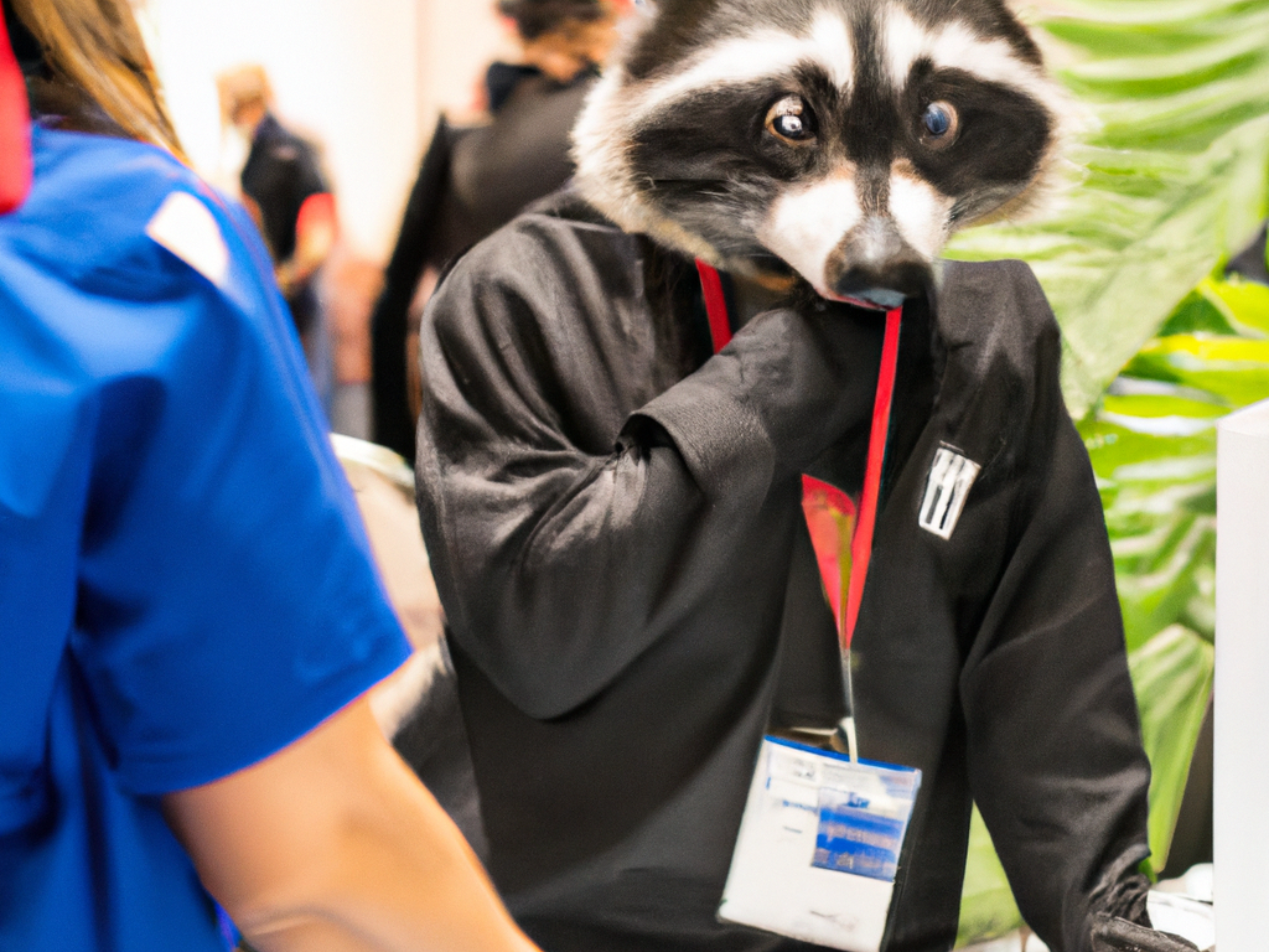
Generative adversarial networks (GANs) are a powerful class of machine learning models that have transformed the field of artificial intelligence. GANs are designed to generate realistic and high-quality data that resembles a given training set.
A research paper on Generative adversarial networks and synthetic patient data: current challenges and future perspectives states, “Overall, GANs offer great potential for enhancing medical education and research. However, some concerns need to be addressed, such as the authorship of research papers and the creation of fake medical images and videos. Nonetheless, these concerns should not overshadow the great potential that GANs have to improve patient care.”
What is a generative adversarial network?
A generative adversarial network, or GAN, is a type of machine learning model that consists of two neural networks: a generator and a discriminator. The generator network learns to generate new samples that resemble the training data, while the discriminator network learns to distinguish between real and generated samples.
GANs were introduced by Ian Goodfellow and his colleagues in 2014 as a novel approach to generating realistic and high-quality data. Since then, GANs have gained significant attention and have been successfully applied to various domains, including image synthesis, data augmentation, and style transfer.
Read also: Artificial Intelligence in healthcare
How does a GAN work?
Generator network
The generator network generates new samples that resemble the training data. It takes random noise as input and transforms it into a sample with the same distribution as the training data. The generator network consists of multiple layers of neurons, typically implemented using convolutional neural networks (CNNs) for image generation tasks.
Discriminator network
The discriminator network is trained to distinguish between real and generated samples. It takes a sample as input and outputs a probability that the sample belongs to the real data distribution. The discriminator network also consists of multiple layers of neurons, often implemented using CNNs.
Training process
The training process of a GAN involves an adversarial game between the generator and the discriminator. The generator tries to generate samples that fool the discriminator into classifying them as real, while the discriminator tries to correctly classify real and generated samples.
In simple terms, in the training of a generative adversarial network (GAN), there are two main players: the generator and the discriminator. They play a sort of game, trying to outsmart each other.
First, the generator creates fake samples using random noise. Then, the discriminator tries to tell apart these fakes from real samples in the training data. It learns from both real and fake examples, trying to become better at telling them apart. It's like trying to spot a counterfeit from the real deal.
At the same time, the generator is trying to fool the discriminator by making its fake samples look as real as possible. It wants the discriminator to think its fakes are genuine. So, the generator tweaks itself based on how well the discriminator is fooled.
This back-and-forth continues, with both the generator and the discriminator improving at their jobs over time. The ultimate goal is for the generator to become so good at making fakes that the discriminator can't tell the difference between real and fake anymore. It's like the generator mastering the art of forgery, while the discriminator struggles to catch it in the act.
Applications of GANs
Image synthesis
One of the most popular applications of GANs is image synthesis. GANs can generate realistic images that resemble the training data. This has applications in various fields, such as creating realistic avatars, generating new artwork, and even generating images of non-existing people.
Data augmentation
GANs can be used for data augmentation, which is the process of increasing the size of a training dataset by generating additional samples. By generating new samples that resemble the training data, GANs can help improve the performance of machine learning models by providing more diverse and representative training data.
Style transfer
GANs can be used for artistic style transfer, where the style of one image is applied to another image. By training a GAN on a dataset of images with different artistic styles, it is possible to generate new images that combine the content of one image with the style of another image. This has applications in creating unique and visually appealing artwork.
Text-to-image synthesis
GANs can also be used for text-to-image synthesis, where a GAN generates images based on textual descriptions. By training a GAN on a dataset of paired text and image data, it is possible to generate images that correspond to specific textual descriptions. This has applications in creating visual representations of textual data and generating images from textual prompts.
See also: How does AI improve defense against cyberattacks?
Future of GANs in healthcare
According to a study titled, Generative Adversarial Networks (GANs) in Medical Imaging: Advancements, Applications, and Challenges, “GANs have found crucial applications in various fields, including medical imaging. In healthcare, GANs contribute by generating synthetic medical images, enhancing data quality, and aiding in image segmentation, disease detection, and medical image synthesis. Their importance lies in their ability to generate realistic images, facilitating improved diagnostics, research, and training for medical professionals. Understanding its applications, algorithms, current advancements, and challenges is imperative for further advancement in the medical imaging domain.”
Furthermore, synthetic imagery in healthcare serves dual purposes: it augments training datasets, notably in fields like medical imaging, enhancing AI precision in anomaly detection, while also addressing data privacy concerns by providing realistic yet anonymized data.
Additionally, deepfake technology offers a novel avenue for understanding patient emotions, fostering empathetic patient-doctor interactions. Looking forward, the integration of GANs holds the potential for transforming medical imaging, AI advancement, privacy protection, and patient-centered care, marking a shift in healthcare practices and research methodologies.
Read also: Can deepfakes be beneficial in healthcare?
FAQs
What are the challenges of training GANs?
Training GANs can be challenging due to training instability, mode collapse, and the need for large amounts of training data and computational resources.
What is the future of GANs?
The future of GANs holds great promise, with ongoing research focusing on addressing the challenges and limitations of GANs and applying them to new domains and tasks.
Are GANs suitable for generating medical images?
Yes, GANs have been successfully applied to generate medical images, which can be used for research, training, and diagnostic purposes.
Can GANs be used for video synthesis?
Yes, GANs can be used for video synthesis, generating realistic and high-quality videos that resemble the training data.
Are GANs computationally expensive to train?
Training GANs can be computationally expensive, especially for high-resolution image generation tasks. They require large amounts of training data and computational resources to achieve good results.
Can GANs generate 3D objects?
Yes, GANs can be used to generate 3D objects by extending the architecture and training techniques to the 3D domain.
How can GANs be used for data augmentation?
GANs can generate additional samples that resemble the training data, which can be used to augment the training dataset and improve the performance of machine learning models.
Learn more: HIPAA Compliant Email: The Definitive Guide
Subscribe to Paubox Weekly
Every Friday we'll bring you the most important news from Paubox. Our aim is to make you smarter, faster.



